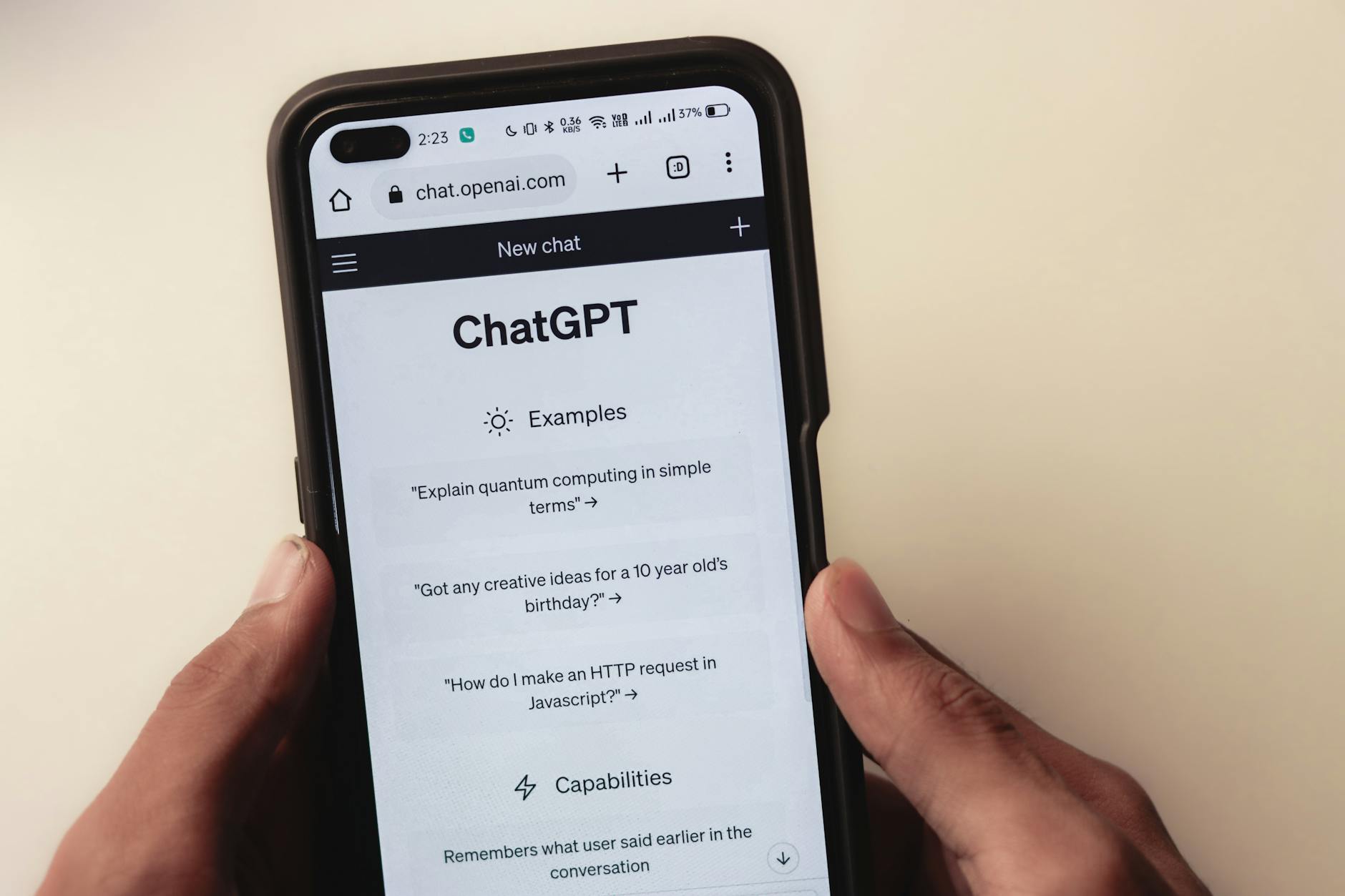OpenAI’s Sora Plunges into Social Media | GPT-5 Fuels Asian AI Boom, California Regulates

Key Takeaways
- OpenAI launched “Sora,” a new social media app featuring diverse and often surreal AI-generated content, marking a significant entry into consumer platforms.
- GPT-5 is demonstrating powerful real-world impact, enabling Wrtn to scale its lifestyle AI apps to 6.5 million users in Korea and expand across East Asia.
- California’s new AI safety law (SB 53) is positioned as a framework for responsible AI development without stifling innovation.
- OpenAI is deepening its global footprint through a strategic collaboration with Japan’s Digital Agency on public services and AI governance.
- Google DeepMind is exploring the frontier of generative AI in industrial design, partnering with Ross Lovegrove to move from sketches to prototypes.
Main Developments
The AI landscape is undergoing a rapid transformation, with OpenAI leading the charge not just in foundational model development, but in aggressive expansion into consumer applications and global partnerships. The most attention-grabbing news of the day comes from OpenAI’s surprising new venture: a social media app named Sora. Described by The Verge AI as a ‘slippery slop’ of endlessly engaging and often surreal content, Sora showcases a spectrum of AI-generated media, from an anime Jesus flipping tables to OpenAI employees in Hamilton costumes, and even Sam Altman himself caught in various whimsical scenarios. This move signifies a significant strategic pivot for OpenAI, pushing beyond API provision to directly engage with millions of users on a dedicated platform, potentially reshaping the future of social interaction with AI-native content.
Complementing this new consumer-facing initiative, OpenAI’s latest large language model, GPT-5, is already demonstrating its profound impact on user engagement and real-world utility. In Korea, the company Wrtn has leveraged GPT-5 to scale its ‘Lifestyle AI’ apps to an astounding 6.5 million users. These applications seamlessly blend productivity, creativity, and learning, proving GPT-5’s capability to power diverse and highly adopted consumer experiences. Wrtn’s success story is now poised for expansion across East Asia, highlighting GPT-5’s role as a catalyst for widespread AI adoption in daily life.
OpenAI’s strategic reach extends beyond market products to international collaboration and governance. The company announced a significant partnership with Japan’s Digital Agency, aiming to advance generative AI in public services, support global AI governance frameworks, and promote the safe and trustworthy adoption of AI worldwide. This collaboration underscores a growing trend of nations seeking to harness AI’s potential while actively shaping its ethical and regulatory landscape.
Domestically, the debate around AI regulation continues to evolve, with California taking a proactive stance. The state’s new AI safety law, SB 53, is presented as a model for how regulation and innovation can coexist. Adam Billen, vice president of public policy at Encode AI, strongly refutes the notion that such legislation will impede technological progress. “I think it is just genuinely intellectually dishonest to say that that is the thing that will stop us in the race,” he remarked, emphasizing that thoughtful regulation can foster a more secure and sustainable path for AI development.
Meanwhile, other tech giants are also pushing the boundaries of AI application. Google DeepMind is exploring the creative frontier of generative AI in industrial design. A fascinating collaboration with renowned designer Ross Lovegrove is demonstrating how AI can transform initial sketches into tangible prototypes, showcasing the technology’s potential to revolutionize design processes and material innovation. This initiative highlights the diverse and often unexpected ways AI is permeating various industries, from high-tech social platforms to advanced manufacturing and creative arts.
Analyst’s View
OpenAI’s launch of Sora marks a pivotal moment, signaling its aggressive intent to move beyond foundational models into direct consumer engagement, potentially redefining social media with AI-native content. This move, coupled with GPT-5’s explosive adoption in Asia, positions OpenAI not just as a technology leader, but as a significant market player shaping daily digital interactions. The tension between this rapid innovation and the developing regulatory landscape, exemplified by California’s new safety law and OpenAI’s partnership with Japan on governance, will define the next phase of AI. Watch closely for Sora’s user uptake and the regulatory response; these will be critical indicators of AI’s societal integration and the industry’s ethical maturity.
Source Material
- California’s new AI safety law shows regulation and innovation don’t have to clash (TechCrunch AI)
- I’ve fallen into Sora’s slippery slop (The Verge AI)
- OpenAI announces strategic collaboration with Japan’s Digital Agency (OpenAI Blog)
- From sketches to prototype: Designing with generative AI (Google AI Blog)
- With GPT-5, Wrtn builds lifestyle AI for millions in Korea (OpenAI Blog)